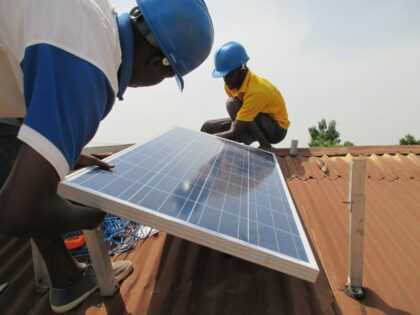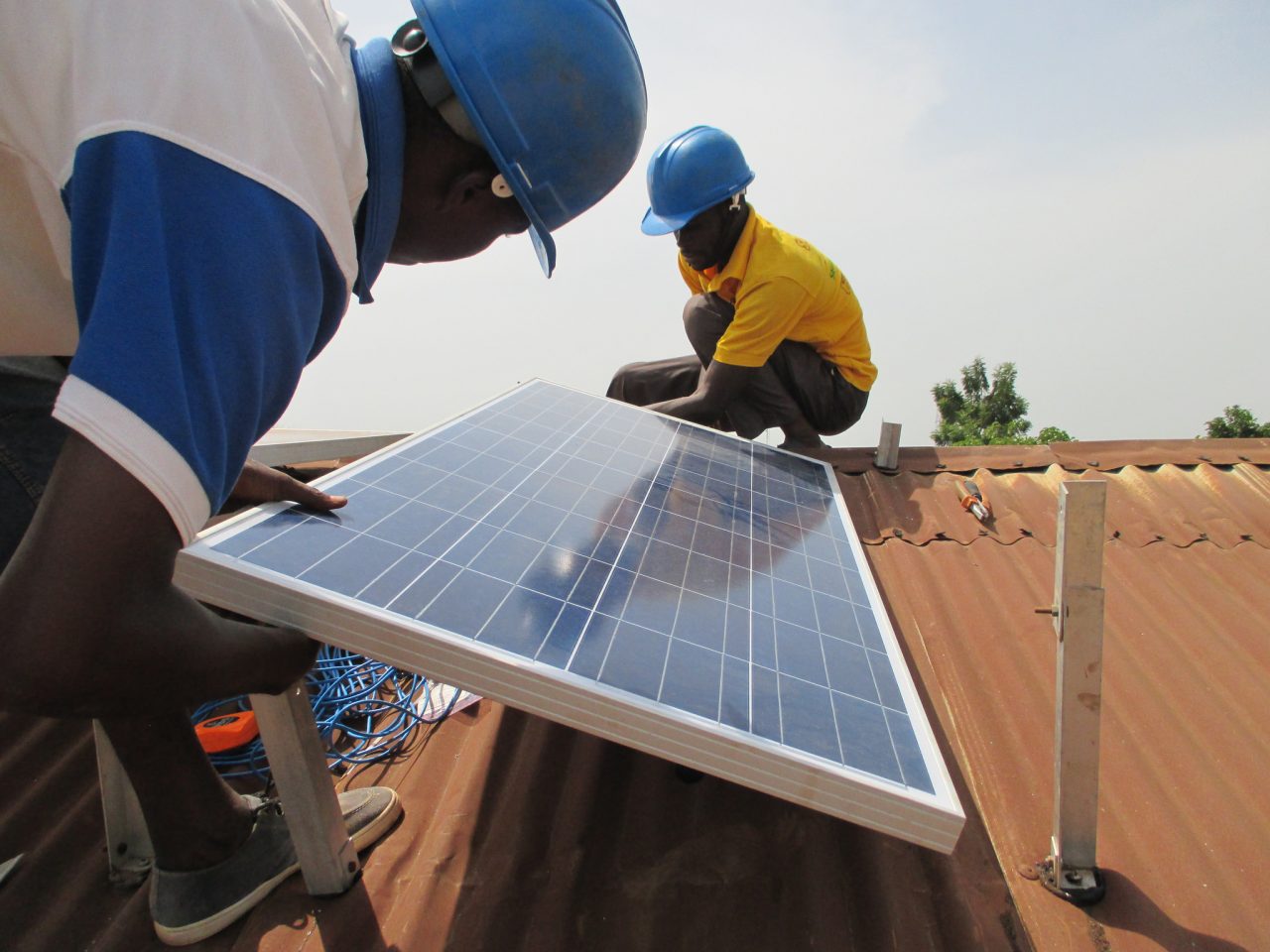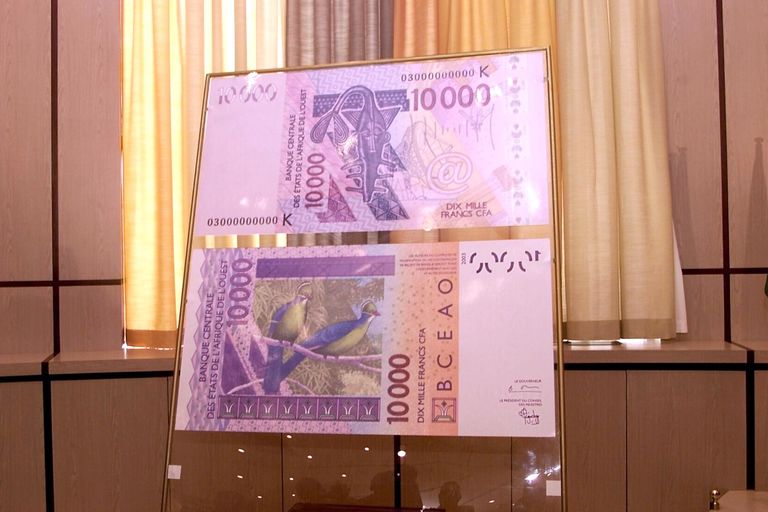 In Togo, the government of Faure Gnassingbé has announced its intention to electrify 14 rural areas of the country with off-grid solar energy.
In Togo, the government of Faure Gnassingbé has announced its intention to electrify 14 rural areas of the country with off-grid solar energy.
The move follows several other projects in the country with the aim of achieving 50% access to electricity in rural areas by 2030.
The initiative will be implemented with the support of the council of the entente and will connect nearly 1000 households in the tiny West African nation.
The Council of the Entente is a West African regional economic cooperation organization. It includes several countries: Benin, Burkina Faso, Côte d’Ivoire, and Niger. A few months earlier, this institution financed the distribution of solar kits to 350 households in rural Togo.
The project was implemented by the Togolese Rural Electrification and Renewable Energy Agency.
In 2017, the president of Togo Faure Essozimna Gnassingbe launched the “CI-ZO” program, a rural electrification initiative aimed at bringing solar energy to two million people in the country’s remote areas with no connection to the power system by 2022.
If achieved, this target would enable the country to raise the rural electrification rate of its isolated areas from 7% currently to 40% by 2022.
According to the US Agency for International Development (USAID), Togo is currently being provided with power by thermal plants, imports from Nigeria and Ghana, and some hydropower. The country, however, has good potential in renewable energy resources thanks to a solar radiation of 1,700-2,100 kWh per square meter per year.



